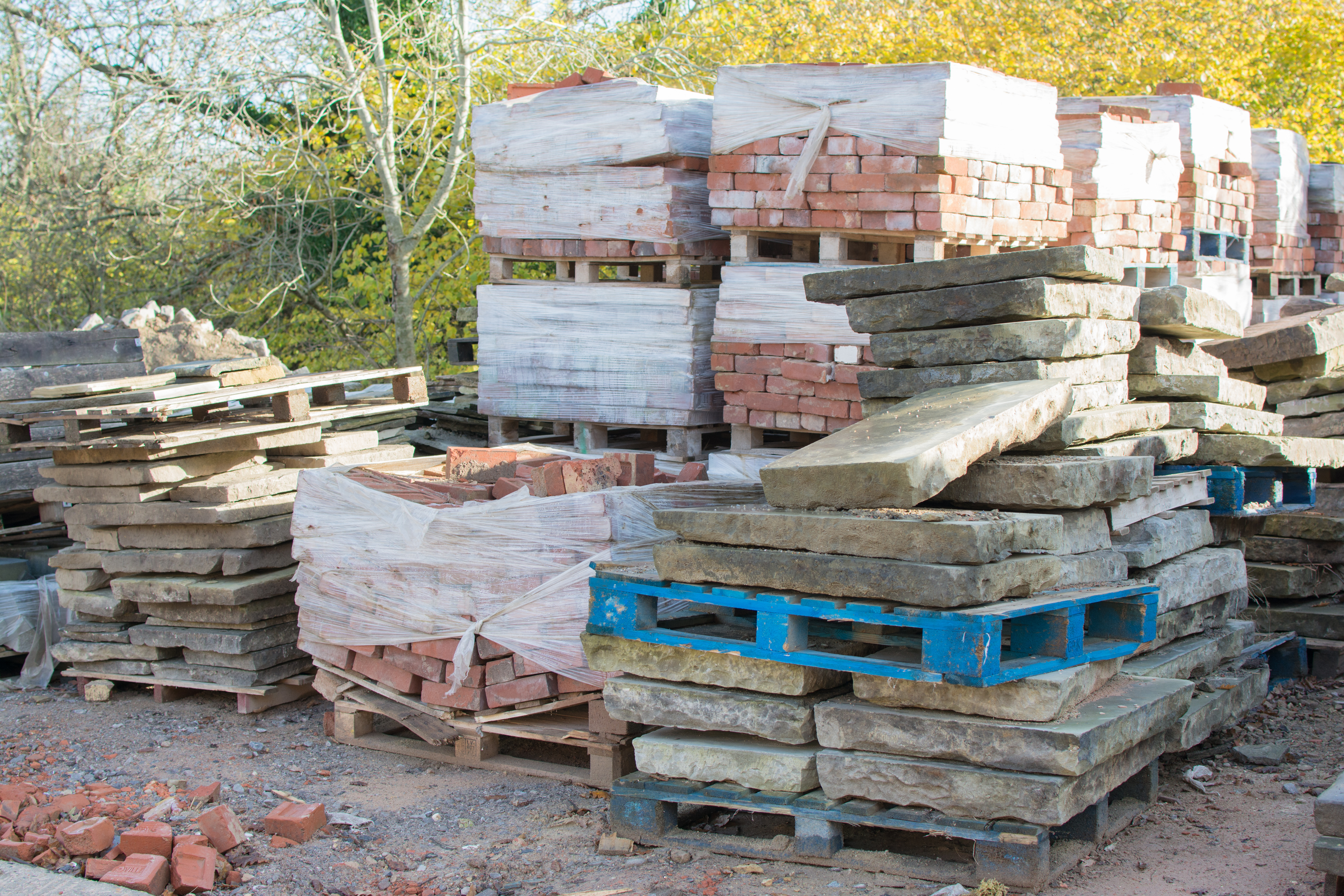September 27, 2017

Reclaimed buildings are all the rage, from trendy remodeled residences to hot new businesses choosing to headquarter in historic buildings. Of course, people don't just want to live in a rickety old structure that was built several decades before, they also want all the modern amenities and safeties that have been developed since then. They want historic brick and modern energy efficiency, vintage plumbing fixtures and a nice new water heater. This seemingly contradictory set of desires may sound difficult, but for the building industry it's a dream come true. Rather than simply knocking down an old building when it no longer meets modern standards, builders have the opportunity to reclaim it instead. The materials and fixtures extracted from the old building can be used to create a new one that connects occupants to the past while providing all the luxuries of a modern construction.
Deconstruction vs Demolition
The standard way to tear down a building to make room for new growth is demolition. Here, a building is completely knocked down often with controlled explosives or a wrecking ball and the debris left behind is sent to a landfill, never to be useful again. Deconstruction, on the other hand, is the careful act of taking apart a building piece by piece. The builders take special care not to damage the bricks, wood, fixtures, and windows and gently cart them out of the deconstruction to be used in a later project. Sometimes these materials are immediately repurposed to construct a new building on the site of the old one while other times they are donated to resellers who will connect other builders with vintage materials for their projects.
Removing the Materials
Each old building has its own unique combination of materials and requirements for reclamation. Naturally, you must be careful to deconstruct in a safe procedural way so that nothing collapses while you work, but you must also carefully remove each piece so that it doesn't take damage. Mortar is chipped away so bricks can be reclaimed and floorboards are gently pulled apart and removed. Fixtures can be unscrewed, carried out, and polished back to almost new quality and even windows are removed from their frames and saved for possible reuse. However, due to the nature of older constructions, it's also important to watch out for and dispose of materials that are health risks like those containing lead or asbestos.
Reusing Reclaimed Materials
With the current trend toward vintage constructions with modern conveniences, it's no surprise that many companies are now looking into building with reclaimed materials. Some construction teams will reclaim their own materials while others buy what they need from known resellers. This allows them to build new trendy office buildings and homes with historic floorboards and attractively aging brick walls with modern wiring, plumbing, insulation, and floorplans. That said, in many cases the reclaimed materials aren't used for their original purpose, transformed instead into pieces of new-antique furniture and art pieces instead.
Do you have a taste for vintage buildings but want the convenience of modern construction techniques? Rest assured, you're not alone. This trend has been growing for a while and looks like it's here to stay. Building reclamation not only lets us preserve perfectly good materials that could be reused in a new construction, it also keeps us connected to the buildings of the past while making room for progress. Whether you're a business looking to build new facilities, a builder who hates to see wasted materials, an owner of a building that could be reclaimed, or an artist who needs new inspiration, the building reclamation trend is a great opportunity for everyone involved.